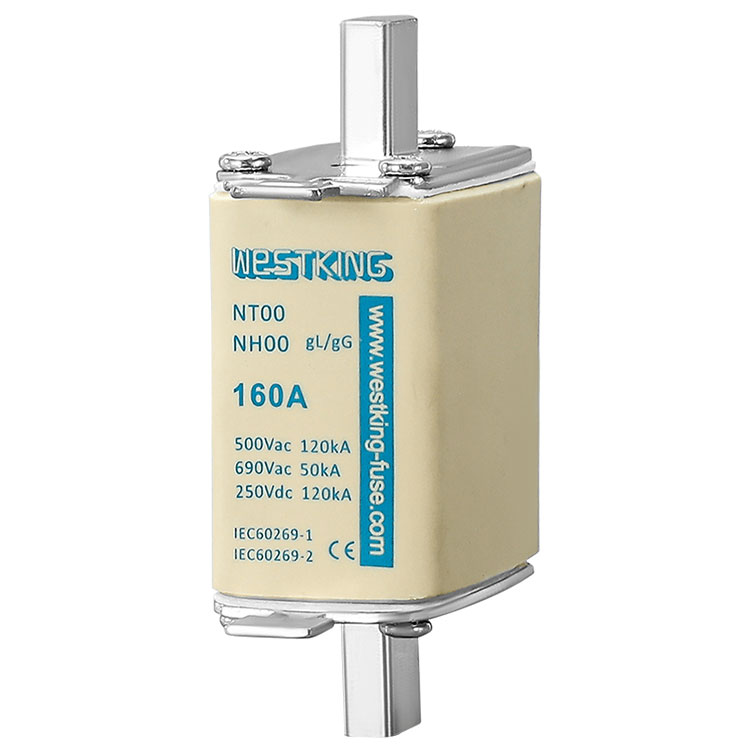Aspects of IEC Low Voltage Fuses
2024-05-15
IEC low voltage fuses are electrical safety devices designed to protect electrical circuits and equipment from overcurrent conditions in low voltage applications, typically up to 1000 volts AC or 1500 volts DC. These fuses conform to standards set by the International Electrotechnical Commission (IEC), which provides guidelines for their design, construction, and performance characteristics.
Here are some key features and aspects of IEC low voltage fuses:
1. Construction: IEC low voltage fuses consist of a fuse element, usually made of a metal wire or strip, enclosed within a non-combustible housing. The housing is typically made of materials such as ceramic, glass, or plastic, which provide mechanical support and insulation.
2. Voltage Rating: These fuses are designed to operate within specific voltage ranges, typically up to 1000 volts AC or 1500 volts DC, although there may be variations depending on the specific application and standards.
3. Current Rating: IEC low voltage fuses are rated for specific current levels, ranging from milliamps to several hundred amps. The current rating indicates the maximum current that the fuse can safely carry continuously without tripping.
4. Operating Principle: When the current flowing through the fuse exceeds its rated capacity, the fuse element heats up due to the electrical resistance, eventually melting or "blowing." This interrupts the circuit and protects downstream equipment from damage due to overcurrent conditions.
5. Types: IEC low voltage fuses come in various types, including cartridge fuses, blade fuses, and miniature fuses, each suited for different applications and mounting configurations. Cartridge fuses are typically used in industrial and commercial applications, while blade fuses are commonly found in automotive and consumer electronics.
6. Protection Characteristics: These fuses may have different time-current characteristics, such as fast-acting (quick blow) or time-delay (slow blow), depending on the specific application requirements and the type of circuit being protected.
7. Standards Compliance: IEC low voltage fuses are manufactured in accordance with international standards such as IEC 60269 for general purpose fuses, IEC 60947 for industrial control equipment, and IEC 60127 for miniature fuses, among others. Compliance with these standards ensures reliability, safety, and compatibility with other electrical components and systems.
Overall, IEC low voltage fuses play a crucial role in protecting electrical circuits and equipment from overcurrent conditions, thereby preventing damage, fire hazards, and electrical failures. They are widely used in various industries, including power distribution, industrial automation, automotive, and consumer electronics.



